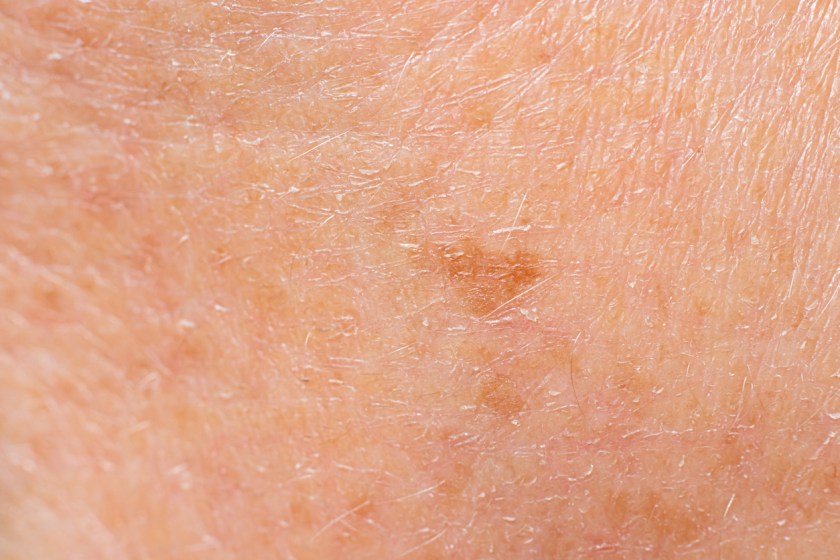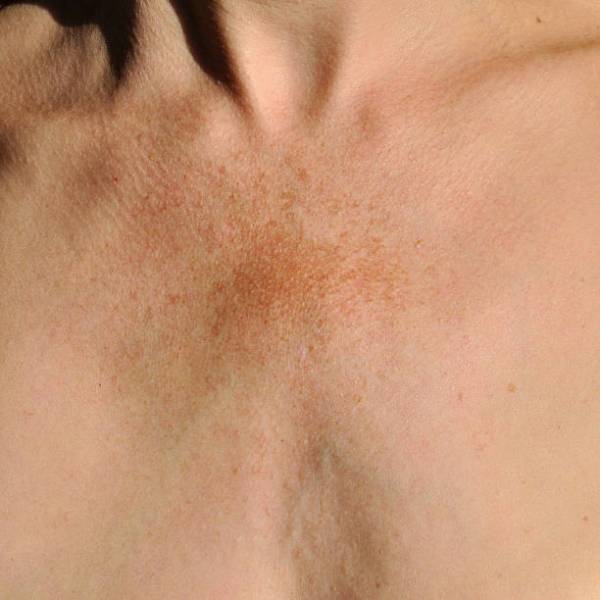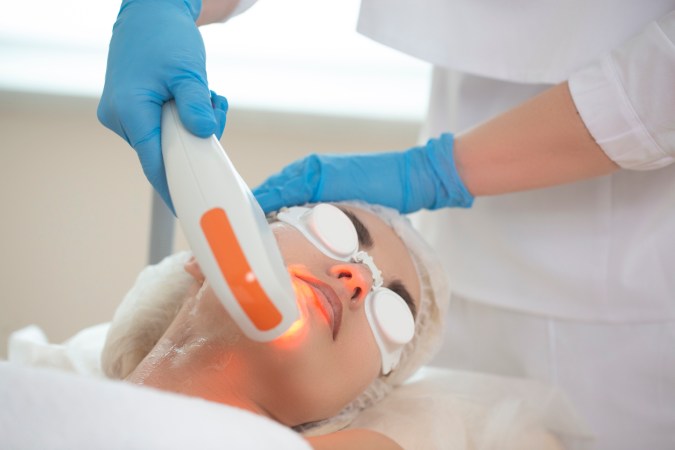We speak to Brisbane-based Dermatologist Dr Davin Lim for his insight on why he prefers this wavelength in a pico laser over another when treating certain pigmentary conditions.
As one of the most common skin concerns, pigmentation can be frustrating for many people. Fortunately, advances in laser technology have made it possible to reduce the appearance of pigmentation safely and effectively. However, with so many different lasers available, it can be challenging to know which one to choose. To shed some light on this topic, SPA+CLINIC online writer Taneesa Williamson sat down with Dr Davin Lim, a Brisbane-based dermatologist with years of experience in treating pigmentation, who shares why he prefers 755nm pico lasers over 1064nm for some forms of pigmentation, and explains the science behind this choice.
How does the 755nm pico compare to a 1064nm in treatment of certain pigmentary conditions?
In the majority of cases, the 755 nm wavelength out performs the 1064 nm wavelength for the management of common pigmentary conditions. This is due to the physics of the 755 wavelength, mainly that it has a much higher melanin to haemoglobin ratio than say a 1064 nm wavelength or even the 532.


Common pigment conditions that are amenable to Pico lasers using the 755 nm wavelength include mixed epidermal and superficial dermal pigment such as sun spots, lentigos, flat seb keratoses and freckling. Additionally, more difficult conditions such as melasma, which are often mixed with epidermal and dermal components, seem to do better with the 755nm Pico as compared with other Pico wavelengths.
In my practice, over 95% of pigmentary conditions I have treated has been with the 755 wavelength over the 1064. Of course it does not mean that the 1064 wavelength is obsolete, as I still need this deep penetrating wavelength to treat conditions such as deeper post inflammatory hyperpigmentation and also dermal melanocytosis. Other conditions such as Ota and dermal Hori’s seem to do better with a 1064 wavelength.
Why elect a pico over a q-switch? Do all pico lasers perform the same in your experience?

Picosecond lasers provide a clear advantage over older Q-Switch lasers. The short pulsed duration of Pico lasers enables a large amount of energy to be delivered in a short amount of time. This reduces photothermal dissipation and favors photo-mechanical. This equates to better outcomes but most importantly, safer results with much less changes of post inflammatory hyperpigmentation.
In the context of Picosecond lasers, our practice owns several Pico devices, however the stand-out wavelength is the 755 nm wavelength with both full beam and fractional beam.
Does laser typically triumph other light-based and energy based modalities for pigmentation in your experience? Why/why not?

In most cases laser is more specific compared to other light-based treatments such as intense pulse light or broadband light. There are however, some exceptions. Conditions such as poikiloderma seem to respond better to all the base technologies such as IPL. Additionally, large areas such as chest, neck and back rejuvenation is more efficient with high pass scanning broadband light as compared with focal spot size lasers.
Superficial pigments, such as freckling, seem to respond better to IPL compared to lasers. In this context, IPL is faster and more efficient compared to even the newer generation fractional lasers.
Read SPA+CLINIC’s latest issue here:
There are 5 ways you can catch up with SPA+CLINIC
- Our quarterly print magazine, delivered to your door. Subscribe here.
- Our website, which is updated daily with its own completely unique content and breaking news.
- Our weekly newsletter – free to your inbox! Subscribe here.
- Our digital magazine – click here to view previous issues.
- Our social media – see daily updates on our Instagram, Facebook & Linkedin




